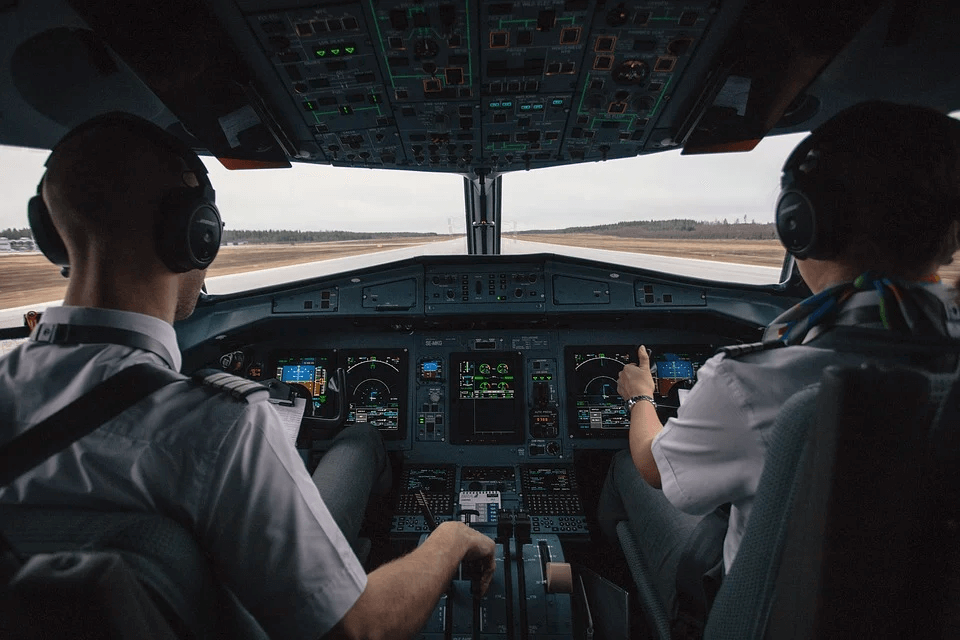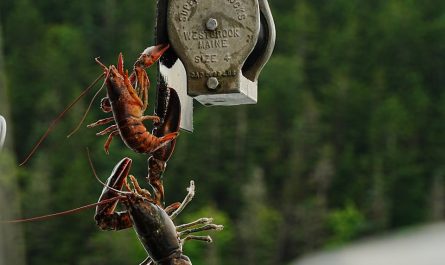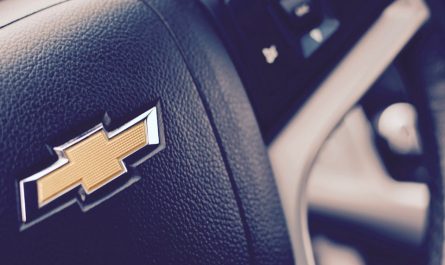Many of us dreamed of becoming a pilot when we were little. We daydreamed about navigating through the clouds, soaring with the birds, and making cool, official-sounding announcements to our passengers. Perhaps your own children are captivated by pilots, you’re considering becoming a commercial pilot as a career, or you’re just looking for some interesting commercial pilot facts. Here are some facts about commercial pilots to entertain your children with or help guide your decision – or just to satisfy curiosity!
10 Commercial Pilot Facts:
- Commercial pilots need a high school diploma or equivalent as well as a commercial pilot’s license from the Federal Aviation Administration. Pilots for major airlines may need a bachelor’s degree along with a commercial pilot’s license.
- Commercial pilots earn a median average wage of $121,430 per year.
- Commercial pilots need to obtain a Class 1 medical certificate to ensure they are fit to fly. This test can take up to four hours, checking key functions like eyesight, heart rhythm, and lung capacity. This medical certificate needs to be validated every year until the age of 60, after which it needs to be done every six months.
- Many people become pilots in their 30s and 40s as it is a common choice for a career change. However, the highest percentage of pilots are in the 25-29 range.
- It is a myth that you cannot become a pilot unless you have perfect vision. As long as your vision can be corrected to 20/20 with glasses, contacts, or laser eye surgery, you can be a pilot.
- Pilots cannot be color blind. The main reason is because as a plane lands, runway lights change color according to the angle of the plane’s descent.
- Becoming a commercial pilot is not a cheap process; the price of the commercial pilot certificate alone starts at $30,000.
- You can assess if your innate piloting ability before committing to the application process with the Honourable Company of Air Pilot’s aptitude assessment test.
- Pilots are forbidden from eating shellfish while on duty. They also cannot share food with their co-pilot or crew. This is to help ensure that the pilot does not become sick during a flight.
- Pilots are the only people on board that can order a passenger to be restrained if they are posing a threat to the safety of the flight.




